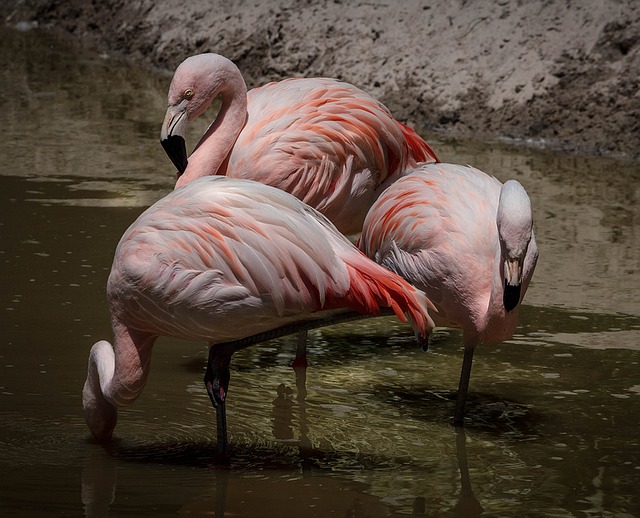
According to the best data that has been available to the GTI (Global Tiger Initiative) and WWF (World Wildlife Fund), the count of tigers has increased to 3,890. They announced the findings before a conservation meeting with Indian Prime Minister Narendra Modi in New Delhi.
The data, which had been compiled by the IUCN in 2010, recorded as few as 3,200 tigers. The rise in the population could be accredited to a number of reasons like developed surveys and better protection of the animals, and an increase in the population of tiger in Nepal, Russia, India and Bhutan.
Director General of WWF International, Marco Lambertini said that it was the first time in decades that after a continuous decline in their numbers, there has been an increase in the number of tigers. It has raised hopes and indicates that a number of endangered species and their habitats could be saved if local societies, ecologists, and the government work hand-in-hand.
At the 3rd Asia Ministerial Conference, tiger conservation is an initiative which started in 2010 in a Tiger Summit in Russia; their key goal was to double the number of tigers by 2022 and safeguard a place for the tigers in the future of Asia.
The three days long meeting had countries discuss their progress and a plan of action created for the coming six years.
Despite the tigers being on the list of threatened species; threatened by loss of habitat and poachers, TRAFFIC revealed that around 1,590 tigers were grabbed by officials of law from January 2000 to April 2014. A billion dollar illegal wildlife trade was feeding from these animals. For a country to protect their tigers they need to know the exact population of the tiger and the threats the tigers are likely to face.
GTI and WWF are enthralled with the upped number of tigers and encourage the countries to continue the good work and keep publishing the reports in regular intervals.





